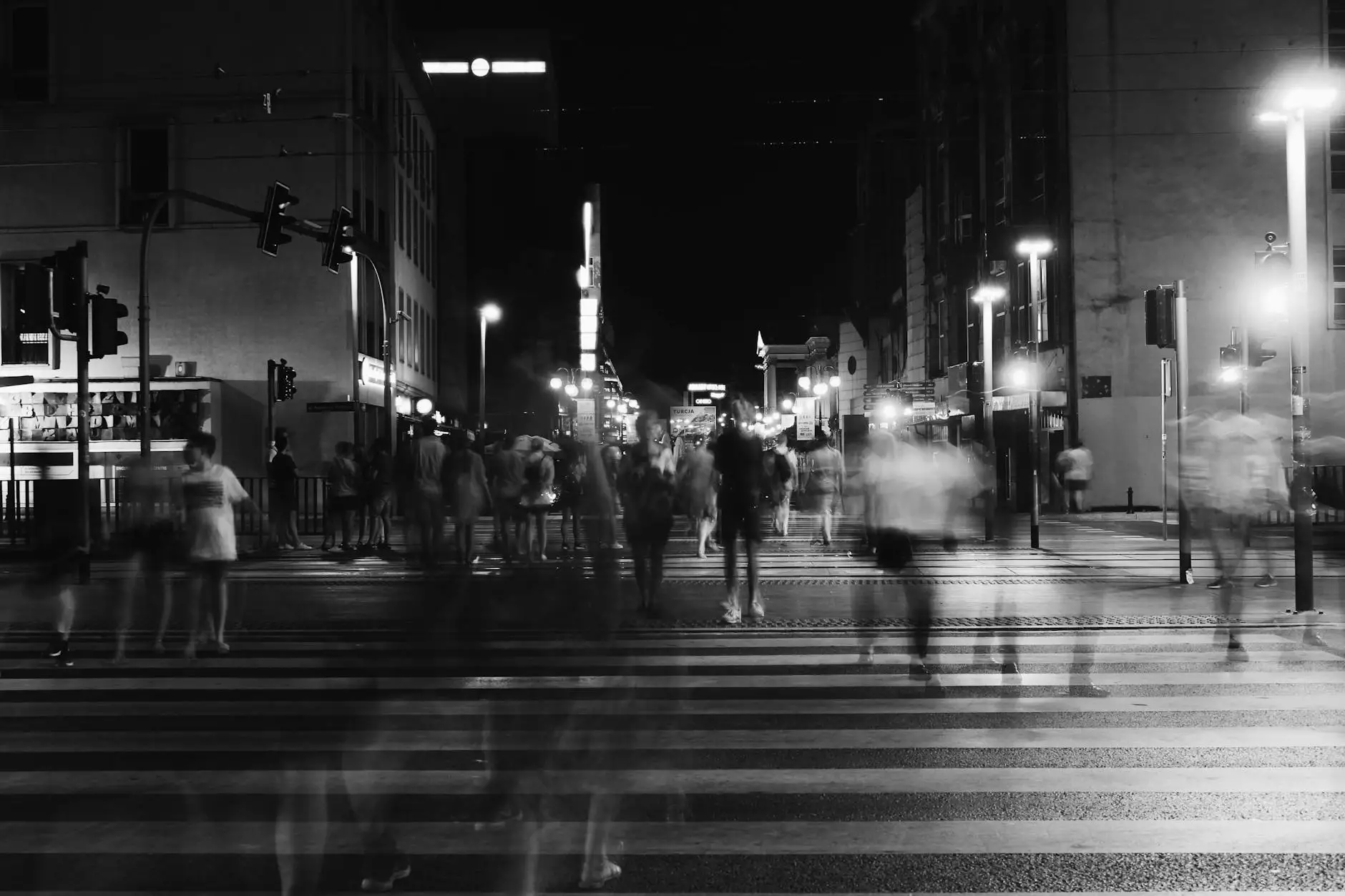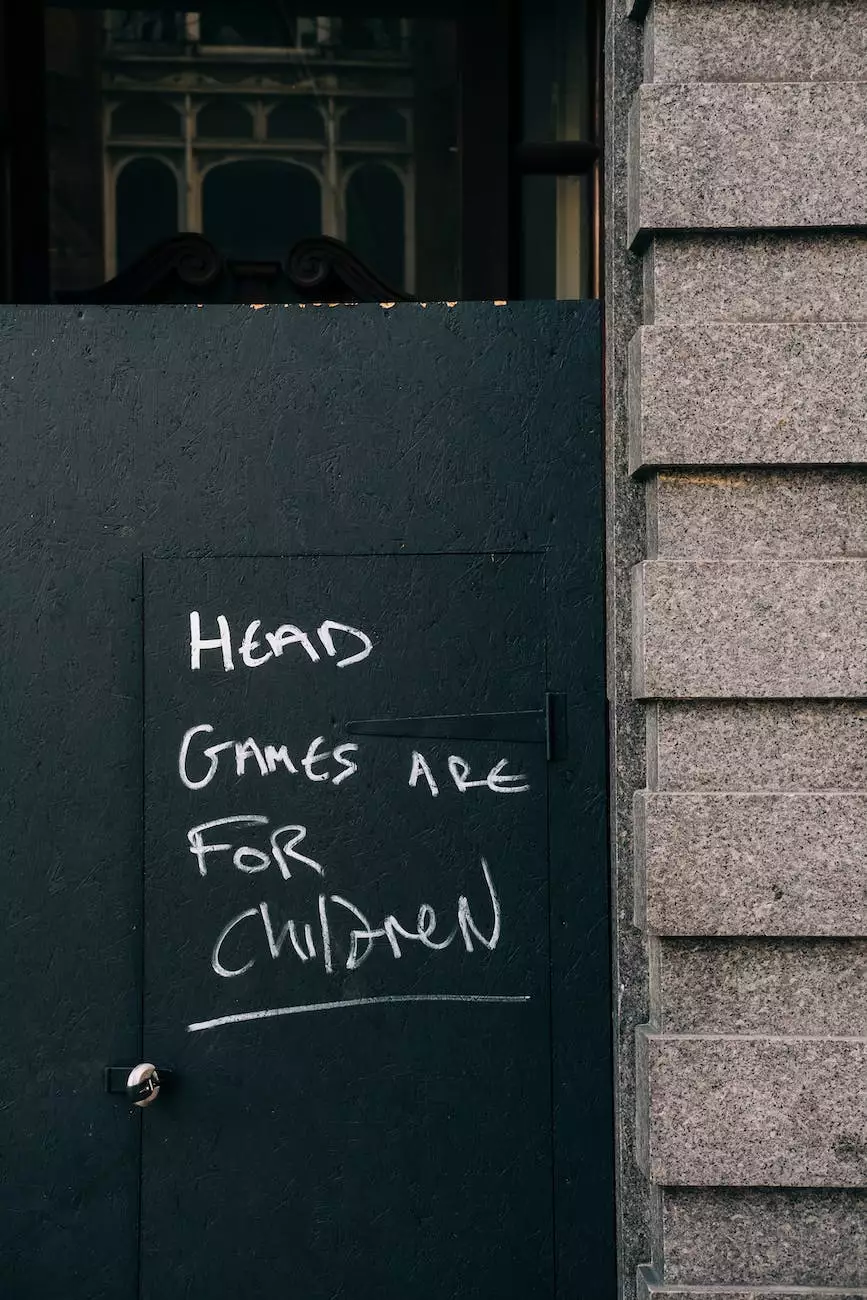The Knowledge Nest - Community and Society

What Art Essay Consists of And How to Write It
Welcome to The Knowledge Nest, your ultimate resource for all things related to art essays. In this comprehensive guide, we will dive deep into the world of art essays, exploring their essential elements and providing you with valuable tips on how to write an outstanding piece. Whether you are a student, an aspiring art critic, or simply someone passionate about art, this guide will expand your knowledge and equip you with the necessary tools to craft a compelling art essay.
Understanding the Art Essay
An art essay is a specialized form of academic writing that delves into the complex world of art, analyzing its various aspects with a critical eye. Through an art essay, writers aim to explore and interpret a particular artwork or artist, presenting their insights and analysis in a structured and cohesive manner.
Art essays are not merely descriptive — they go beyond surface-level observations and delve into the deeper meaning and significance of the artwork. By examining the artist's intentions, techniques, and the historical and cultural context in which the artwork was created, an art essay aims to provide a comprehensive understanding of the piece as well as its broader implications.
The Key Elements of an Art Essay
To write an exceptional art essay, it is crucial to understand the key elements that make up this form of academic writing. Here are the essential components that every art essay should include:
- Introduction: Begin your essay with a captivating introduction that grabs the reader's attention and provides an overview of the artwork you will be analyzing. Clearly state your thesis or main argument, setting the tone for the rest of the essay.
- Artwork Description: Next, provide a detailed description of the artwork, including its visual elements, such as color, form, and composition. Give your readers a vivid picture of the artwork and its various components.
- Historical and Cultural Context: Explore the historical and cultural context in which the artwork was produced. Discuss any relevant events or movements that influenced the artist and the artwork's significance within its time period.
- Artistic Techniques and Style: Analyze the artist's techniques and style, dissecting the unique elements that make their work stand out. Consider factors such as brushwork, use of color, perspective, and any other distinctive features that contribute to the overall aesthetic appeal of the artwork.
- Themes and Symbolism: Uncover the underlying themes and symbolism embedded in the artwork. Interpret the artist's intended message and explore the deeper meaning the piece conveys.
- Critical Analysis: Offer your own critical analysis of the artwork, evaluating its strengths and weaknesses. Back up your analysis with supporting evidence from reputable sources, such as art critics or scholars.
- Conclusion: Summarize your main points and restate your thesis, highlighting the significance of the artwork and the key takeaways from your analysis. Leave your readers with a thought-provoking conclusion that encourages further reflection and exploration.
Tips for Writing an Outstanding Art Essay
Now that we have discussed the key elements, let's explore some valuable tips to help you craft an outstanding art essay:
- Thorough Research: Before you begin writing, conduct extensive research on the artwork and its artist. Familiarize yourself with the historical and cultural context, as well as the artistic techniques and style employed in the piece. This will provide you with a solid foundation for your analysis.
- Develop a Clear Structure: Organize your essay in a clear and logical manner, following the structure outlined earlier. Ensure that your ideas flow smoothly and coherently, guiding your readers through your analysis.
- Use Appropriate Terminology: Utilize art-specific vocabulary to demonstrate your understanding and expertise in the subject. This will enhance the credibility and depth of your essay.
- Critical Thinking: Offer unique insights and thoughtful interpretations in your analysis. Encourage critical thinking by providing alternative perspectives and challenging existing interpretations.
- Support Your Claims: Back up your analysis with evidence from reputable sources, such as art journals, books, or scholarly articles. Referencing credible sources adds credibility and strengthens your arguments.
- Edit and Revise: Proofread your essay carefully, checking for any grammatical or spelling errors. Edit your content to improve clarity, coherence, and overall readability.
Unlock the Power of Art Essays
Art essays offer a unique opportunity to delve into the captivating world of art and its profound impact on society. By combining your analytical skills with a passion for art, you can create compelling essays that shed light on the complexities of the artistic realm.
Remember, crafting an exceptional art essay requires time, effort, and a genuine appreciation for the subject. With the right approach and the knowledge gained from this guide, you can elevate your art essays to new heights, captivating readers and earning recognition for your insightful analysis.
At The Knowledge Nest, our mission is to provide aspiring writers, students, and art enthusiasts like you with valuable resources and guidance to excel in the world of art essays. Explore our website for more articles, tips, and expert advice on various topics related to community and society.










